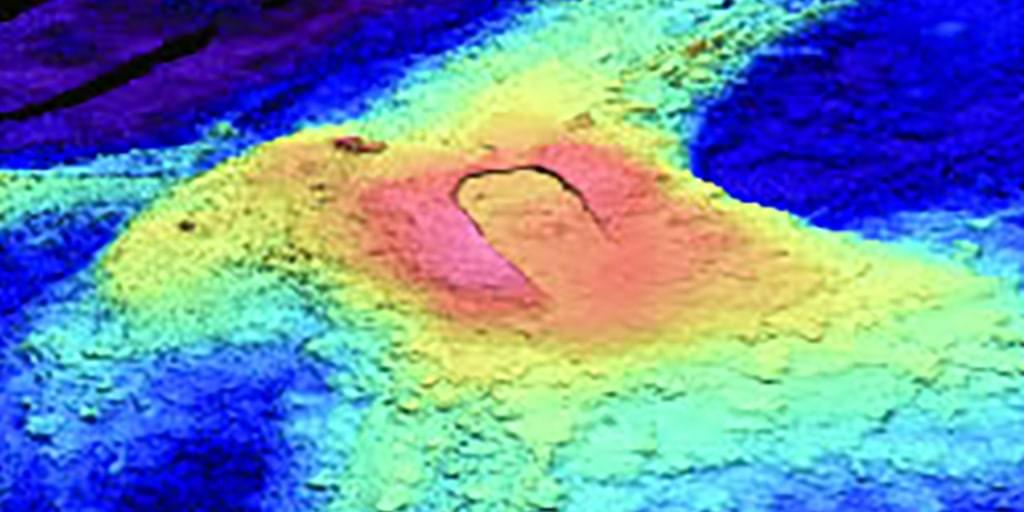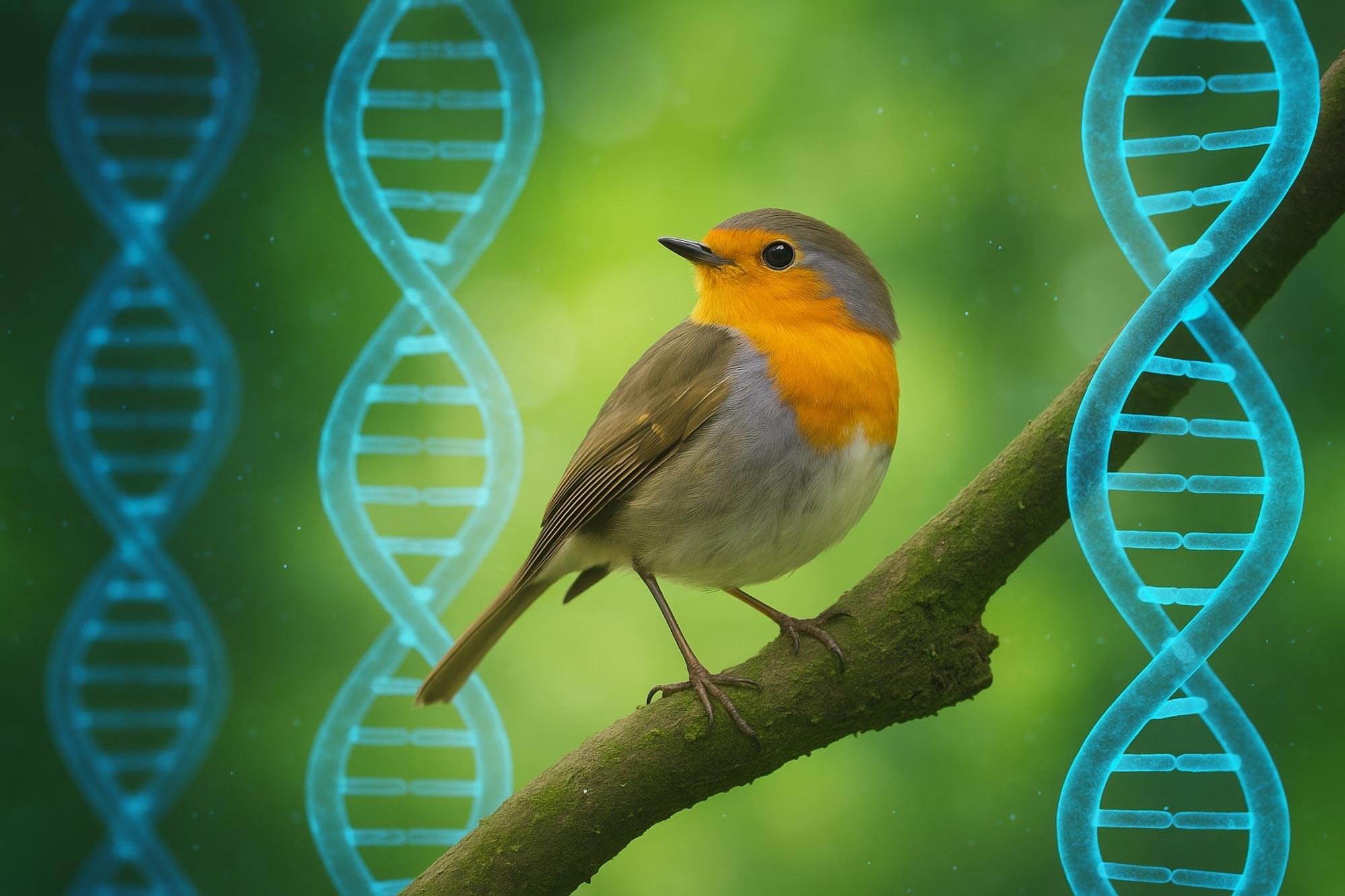The May 2024 solar storm, also known as the Gannon storm or Mother’s Day solar storm, is now ranked by NOAA as one of the most memorable solar events in history, and potentially the most powerful documented this century. It included a parade of powerful solar flares between May 8–11, 2024, originating from a beastly sunspot group that measured 17 times wider than Earth’s diameter. According to NOAA, during this time frame, there were at least eight coronal mass ejections (CMEs), which are giant blasts made up of magnetic field and plasma, that targeted Earth. This resulted in the creation of extreme geomagnetic storm (G5) conditions, the highest on NOAA’s space weather scale.
“The Gannon storm was a spectacular event in the sense that so many people got to see the aurora, especially those living in areas that don’t typically see it,” Mike Cook, Space Weather Lead at MITRE Corporation, told Space.com. “But, beyond that, it was a reminder that our sun is capable of producing these very disruptive events that can impact our critical infrastructure.”







